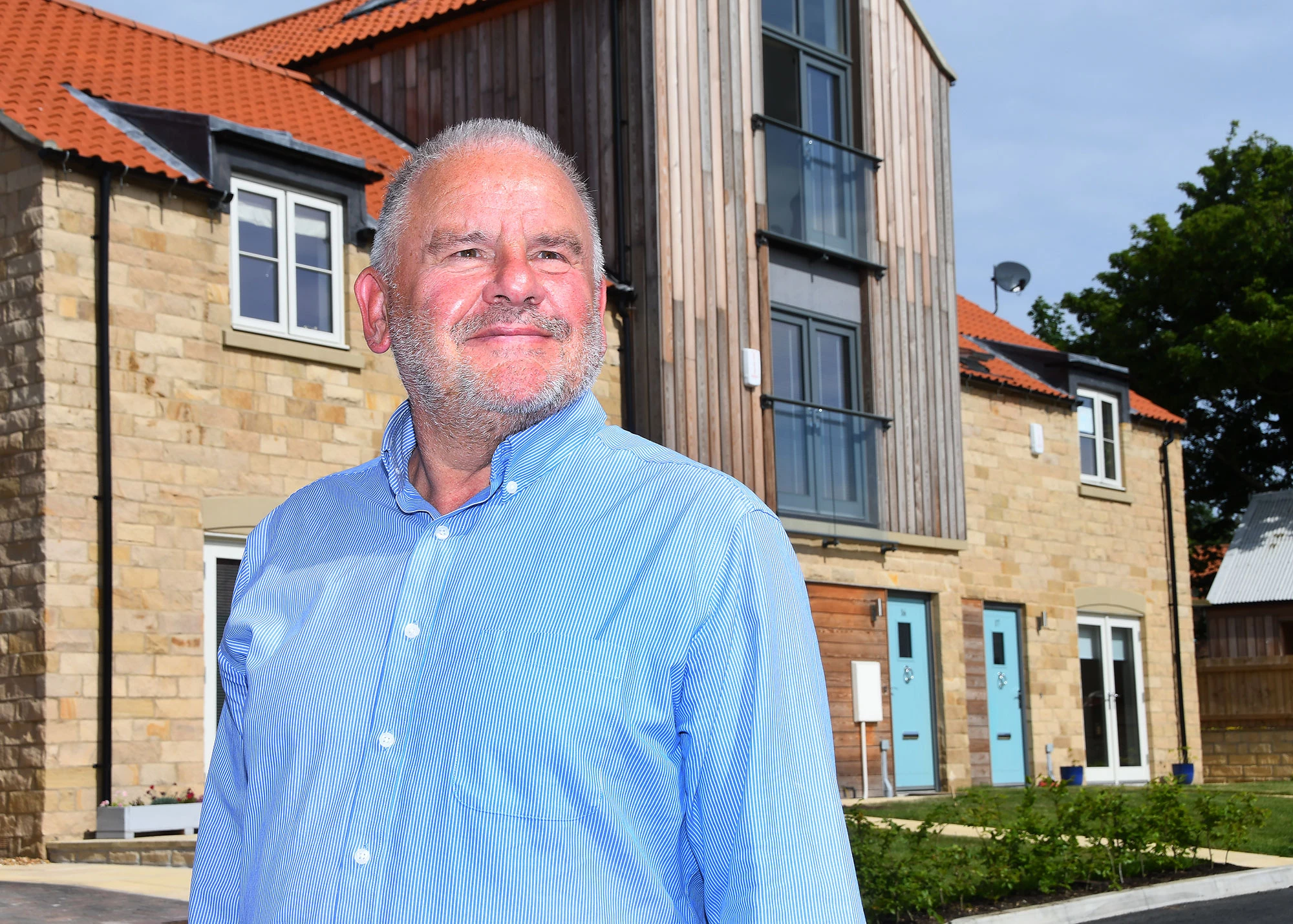
Yorkshire house builder seeing soaring demand for new build due to energy efficiency
House buyers in Yorkshire are prioritising energy efficiency when searching for a new home, a regional developer has revealed.
Mulgrave Properties said demand for its new build houses was soaring on the back of an independent report from The Home Builders Federation, which found such properties have utility bills up to £2,600 per year lower than older dwellings equivalent to around £220 per month.
Energy costs skyrocketed by more than 80 per cent in 2022 and the price of poorly insulated homes will become very apparent this winter. The expense of heating a home with low quality insulation is set to be around £350 higher than a brand-new home from January to March, according to figures from the Resolution Foundation.
David Smith, director of sales at Mulgrave Properties, which has new build developments across North and East Yorkshire, said: “On several occasions, the Government has attempted to introduce schemes to retrofit second-hand properties and improve energy efficiency, but older homes fail to reach the same standards as new.
“That is because new-build homes are constructed using advanced technologies, as well as being built to ever-evolving regulations. Meanwhile, older homes face extensive and often costly renovations to achieve an equivalent benchmark.”
The Watt a Save report studies data on the financial benefits and carbon efficiency of new and second-hand homes, compiled using research based on Government Energy Performance Certificate data.
Published as the energy price cap came into force, it shows that the average new home uses around 100 kWh less per m2 per year, compared to older properties, at an average of 259 kWh per m2. That means new-build properties save homeowners around £2,000 a year, as the average annual running costs for a new-build total £1,539, compared to older properties at around £3,570.
When assessing new build homes alone, as opposed to apartments or bungalows, savings increase to an average of around £2,600 per property per annum.
The Home Builders Federation report also found that when it came to EPC ratings - which measure a property’s energy efficiency - 84 per cent of new-build homes were rated B or above, while less than four per cent of existing homes reached the same specification.
The average new-build additionally emitted 1.4 tonnes of carbon over a 12-month cycle, while older properties emitted 3.7 tonnes in the same period.
David added: “Feedback from our recent sales shows us that energy efficiency is a critical priority for homeowners looking to save money and enhance their eco outlook. Given the enhanced energy ratings of Mulgrave Homes when compared to second-hand properties, it isn’t surprising that we’re seeing a steep rise in demand, especially when you factor in all the other benefits of buying new.”
Mulgrave homes has also achieved green property performance, which includes installing thermal floor-, ceiling- and cavity wall insulation, as well as high-functioning heating systems, energy-efficient boilers, brand-new kitchen and bathrooms, uPVC double-glazed windows and a 10-year NHBC.
By Mark Adair – Correspondent, Bdaily
- Add me on LinkedIn and Twitter to keep up to date
- And follow Bdaily on Facebook, Twitter and LinkedIn
- Submit press releases to editor@bdaily.co.uk for consideration
Looking to promote your product/service to SME businesses in your region? Find out how Bdaily can help →
Enjoy the read? Get Bdaily delivered.
Sign up to receive our popular Yorkshire & The Humber morning email for free.








 How to make your growth strategy deliver in 2026
How to make your growth strategy deliver in 2026
 Powering a new wave of regional screen indies
Powering a new wave of regional screen indies
 A new year and a new outlook for property scene
A new year and a new outlook for property scene
 Zero per cent - but maximum brand exposure
Zero per cent - but maximum brand exposure
 We don’t talk about money stress enough
We don’t talk about money stress enough
 A year of resilience, growth and collaboration
A year of resilience, growth and collaboration
 Apprenticeships: Lower standards risk safety
Apprenticeships: Lower standards risk safety
 Keeping it reel: Creating video in an authenticity era
Keeping it reel: Creating video in an authenticity era
 Budget: Creating a more vibrant market economy
Budget: Creating a more vibrant market economy
 Celebrating excellence and community support
Celebrating excellence and community support
 The value of nurturing homegrown innovation
The value of nurturing homegrown innovation
 A dynamic, fair and innovative economy
A dynamic, fair and innovative economy